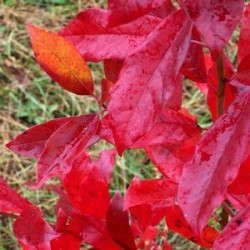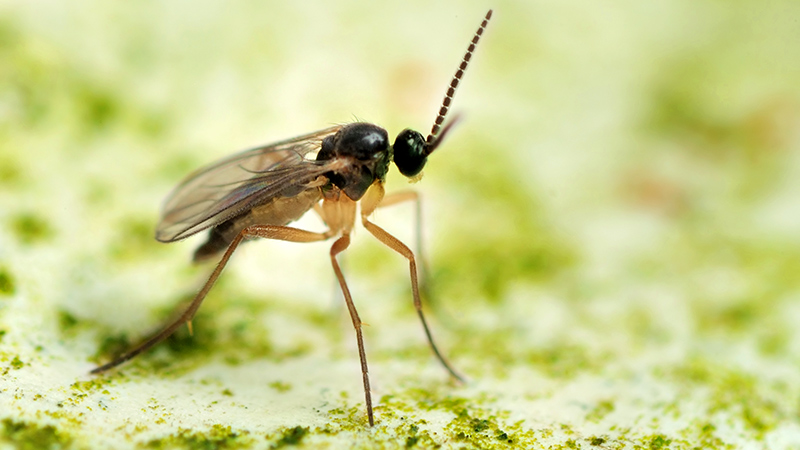‘Black Gum’ Brings Color To Problem Landscape Areas

Introduced in late 2010 from Garden Debut, ‘Fire Master Black Gum’ boasts fire resistance, shade tolerance and growth in almost any soil type. From swamps, floodplains and bottomlands to xeric sites, uplands and dry ridges, landscapers and homeowners have the option of planting this deciduous tree in typically plant-unfriendly areas. ‘Black Gum’ is also relatively immune to insects and diseases.
Those who add ‘Black Gum’ to their plant repertoire are rewarded with a range of colorful foliage. Spring growth ranges from a soft, dusty pink to red and lime, before developing to shiny, dark green summer leaves. In fall, the foliage turns many shades of yellow and orange, and eventually reaches a fiery red on high-gloss leaves. Even the petioles and veins turn red. The tree’s bark mellows over time to a medium gray, and its texture resembles an alligator hide.
‘Black Gum’ also sports small, greenish-white blossoms in spring. These blossoms provide a source of nectar and pollen for Tupelo honey, followed by half- inch long purple-black fruits that resemble tiny prune plums. The fruits are quickly eaten by birds and wildlife when they ripen in September, before other wild native fruits are ready.
A part of the nyssa species, ‘Black Gum’ is included in a group of slow-growing varieties that make up the longest-lived hardwoods in the Eastern United States. The minimum age for these trees tops 650 years. Thriving in USDA Zones 4 to 9, ‘Black Gum’ matures at a height of 50 to 60 feet and spread of about 25 feet after 40 to 50 years.
Learn more at GardenDebut.com.










